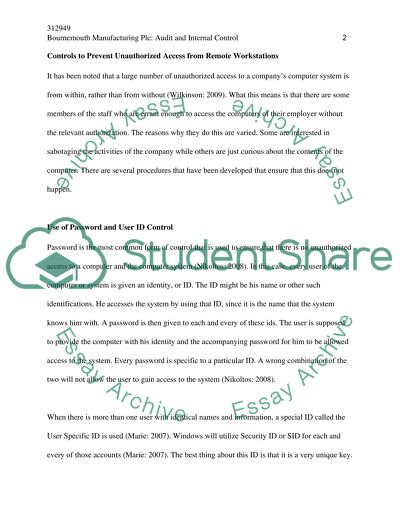Cite this document
(Bournemouth Manufacturing Plc: Audit and Internal Control Case Study, n.d.)
Bournemouth Manufacturing Plc: Audit and Internal Control Case Study. https://studentshare.org/finance-accounting/1501408-audit-and-internal-control
Bournemouth Manufacturing Plc: Audit and Internal Control Case Study. https://studentshare.org/finance-accounting/1501408-audit-and-internal-control
(Bournemouth Manufacturing Plc: Audit and Internal Control Case Study)
Bournemouth Manufacturing Plc: Audit and Internal Control Case Study. https://studentshare.org/finance-accounting/1501408-audit-and-internal-control.
Bournemouth Manufacturing Plc: Audit and Internal Control Case Study. https://studentshare.org/finance-accounting/1501408-audit-and-internal-control.
“Bournemouth Manufacturing Plc: Audit and Internal Control Case Study”. https://studentshare.org/finance-accounting/1501408-audit-and-internal-control.


